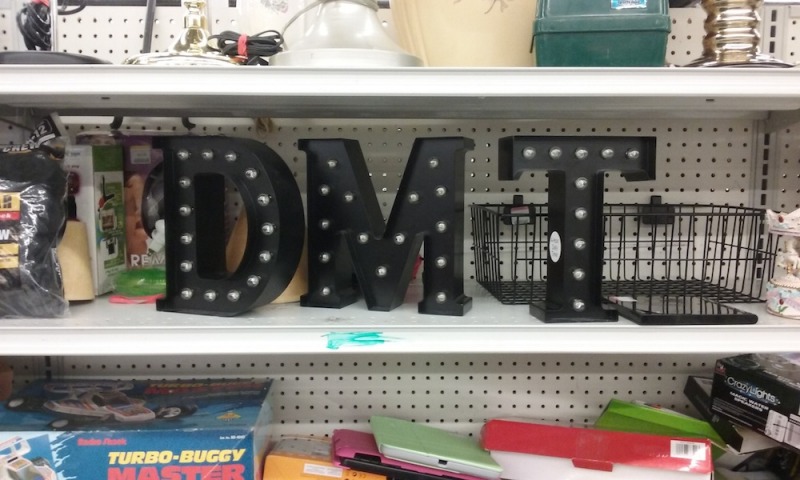...more recent posts
'Avante-Garde', 'Schmavant-Garde'
`Avant-Garde' Artists Come in From the Cold (War) By STEPHEN KINZER ELLESLEY, Mass. (For NYT) —
"Although the 1950's are
often described as somnolent years in the United
States, they were also a time of artistic ferment,
when dissonant music and abstract painting burst into the
public consciousness.
But in recent years some scholars and curators have come
to believe that this ferment was not really so radical, and
that although these artists considered themselves consummate outsiders, their work often
served to promote rather than subvert mainstream values.
The case is made at the Davis Museum and Cultural Center at Wellesley College here in an
exhibition called "Cold War Modern: The Domesticated Avant-Garde." The show, which
runs through June 17, links artistic innovators not to a tiny adventurous audience but to the
mass culture of the times."
Jan Dibbets, 'Early Works' @ Gladstone 515 w 24th, through 2/14 by Roberta Smith for NYT
"In the late 1960's and early 70's, Post-Minimalist and Conceptual artists of all stripes picked up the camera to record earthworks, performances and temporary installations. But few used it with the strict yet subtly witty formalist intent of Jan Dibbets, a prominent Dutch artist who is 60 and has been showing in New York since 1969."
Genesis P-Orridge, instigator of "industrial music" and a true techno-pagan avatar, has a visual art show opening this Saturday, February 10, at Team Gallery.
Be there, or be oblong.
"At Donald Judd's dusty mecca of Minimalism in Texas, a neon colossus by Dan Flavin"
- Kimmelman for NYT
The new trend in New York area galleries and museums is claiming a show is "digital" whether it is or not. "Glee," a
slightly-above-average abstract painting show that closed January 7 at the Aldrich Museum, began its press release with
paeans to the Internet, Y2K, and the "digital revolution," then waited until paragraph 2 to mention that the show was about
"artists' renewed confidence in painting in the face of new visual technologies." (The strategy worked--it led Tim Griffin, art
editor of _Time Out New York_ to inattentively include "Glee" in his fall roundup of digital shows.) Griffin himself then
curated "Compression," (which also closed in January) at Feigen Contemporary, including Michelle Grabner (painter), Diti
Almog (painter), Dike Blair (sculptor/installation artist), and some artists who use computers, all tied together with dialogue
about "image compression technology," "flagship stores," and "economic mainframe(s)." Now we have "Jello," curated by
artnet columnist Max Henry (through Feb. 17 at Frederieke Taylor, 535 W 22, NYC), which claims to be based on a
"coalescing digital zeitgeist," even though only 3 out of 11 artists work with digital media. The show's highlight, digitally
speaking, is Daren Kendall's video, in which strategically cropped and Rorschached footage of a high school wrestling
match yields a very funny post-human blob of multiplying heads and arms--equal parts Paul Pfeiffer, Jerry Uelsmann, and
H. P. Lovecraft. Unfortunately, the "digital zeitgeist" simply isn't big enough to include Charles Long's
orange-extension-cord-with-elephantiasis, a Dan Flavin light bulb (!), and all the weak paintings Henry packed into the
show.
--Hector Pitts
